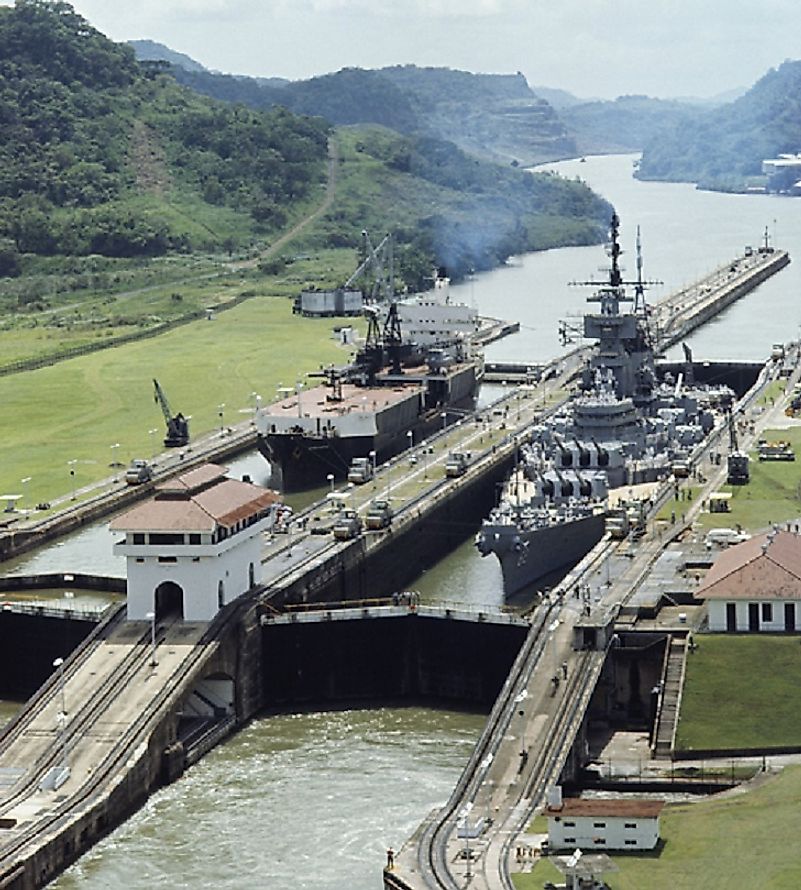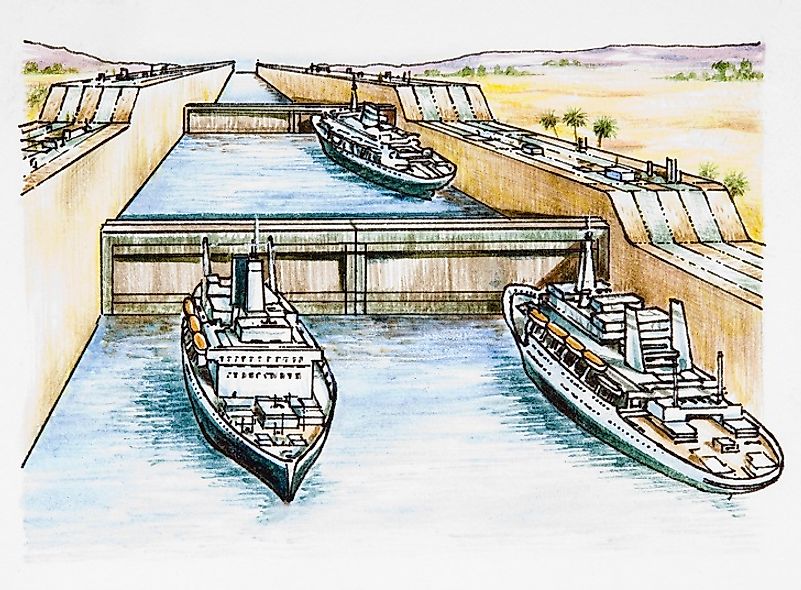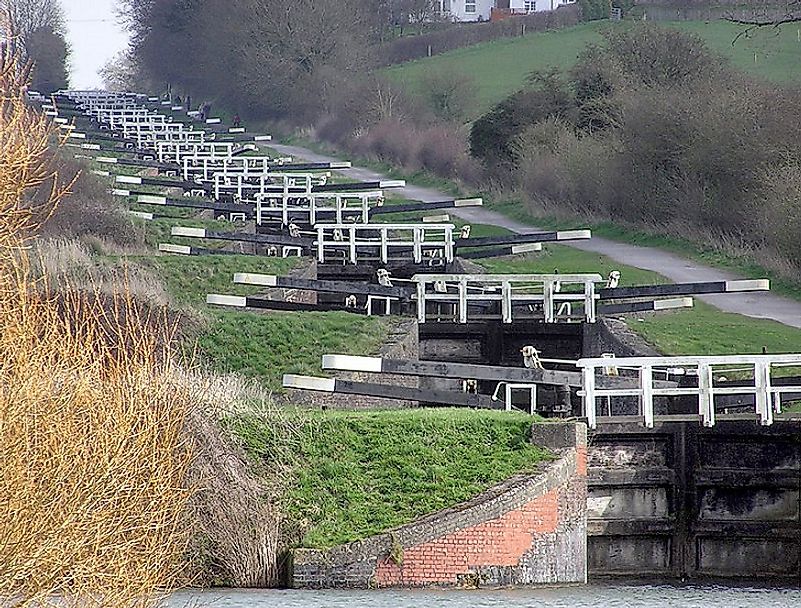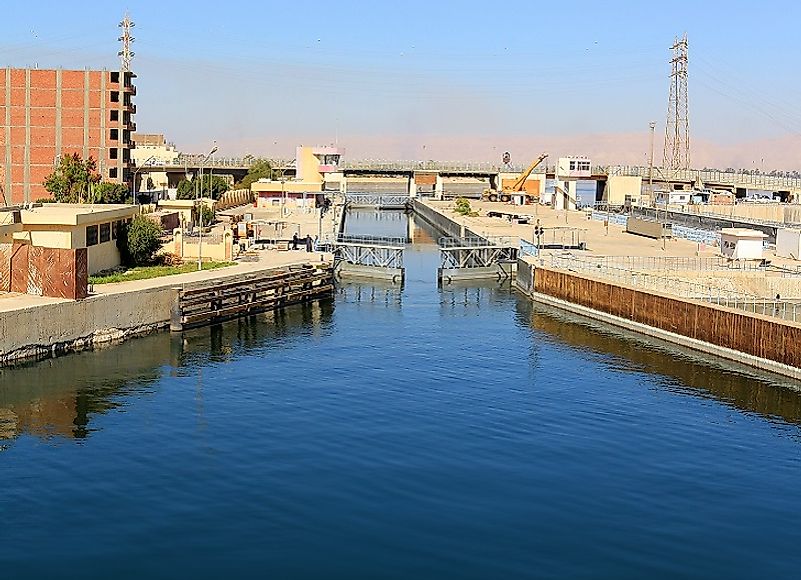Waterway Locks And Their Role In Shipping

5. Why Do Boats Need Locks?
Not only, boats need locks but ships also need the same to sail through a river or canal either uphill or downhill. Some rivers across the world have been shallow-water and are thus not navigable. Some other has an excessive flow of water during the rainy season. Further, the level of water is drastically different from one point to another in a waterway. To make this type of waterways navigable, locks become a need and now are an engineering marvel. There is no need of power to operate such river locks or canal locks. However, some lock control mechanisms require electricity. Often, there is a series of locks to enable river vessels for stepping up or stepping down a river or canal effortlessly. For example, the Panama Canal locks elevates ships to 85 feet, and then lowers them to the same height by their efficient mechanisms. In short, locks make for easier water transport, and help to overcome terrain variations.
4. Historical Development

Locks have a long history of development that dates back to the 3rd century B.C. At that time, the engineers developed flash locks to solve the problem of boats required to sail through different elevation changes in rivers or canals while sailing upstream and downstream. However, these flash locks were not safe. Therefore, there existed double-gate locks in 984 A.D. on China’s Grand Canal. This became the predecessor of the modern locks. A significant development occurs in 1485 with gates having valve-controlled openings. Later, the famous painter Leonardo Da Vinci invented a gate called a miter gate in 1480. Earlier, wood was the primary material to make lock gates, but cast iron came into existence in 1827. Then after, most of the making of lock gates and locks involved cast iron. It was only after the beginning of the mass production of steel that it became the primary metal to manufacture locks and lock gates.
3. Economic Significance

The river or canal locks greatly improve the riverside economies by reducing the time of water transport. For example, Panama Canal Locks minimize the transport costs of sea vessels by connecting two oceans, namely the Atlantic Ocean and the Pacific Ocean. Moreover, water transport is the cheapest and oldest known modes of transport. Therefore, most shipping vessels and boats prefer those waterways that are navigable or made artificially navigable with the help of locks for easy transportation of goods to longer distances in a cost-effective manner. Pictured above are England's famous Caen Hill Locks.
2. Notable Locks From Around The World

Some of the notable locks across the world are the Caen Hill Locks on the Kennet and Avon Canal in England, the Panama Canal Locks, and the Mississippi River locks in the United States. Pictured above are the Esna locks along the Nile River in Egypt.
1. Environmental Threats and Alternatives
Canal locks pose a threat to the existence of water species as these locks allow the passage of seawater organisms and fishes into the freshwater of the canal. Moreover, the difference in temperature between different water bodies causes a problem to the breeding of many water species. There is also a danger of saltwater contamination with freshwater used by the people living in the surrounding areas of the canal for drinking purposes. Unfortunately, in many cases there are no feasible marine alternatives to locks, and often problems with locks must be mitigated by the use of overland or aerial transport, such as the use of tractor-trailer trucks, railroads, and cargo planes.











